By Marc Pollefeys, Director of Science, HoloLens
It is not an exaggeration to say that deep learning has taken the world of computer vision, and many other recognition tasks, by storm. Many of the most difficult recognition problems have seen gains over the past few years that are astonishing.
Although we have seen large improvements in the accuracy of recognition as a result of Deep Neural Networks (DNNs), deep learning approaches have two well-known challenges: they require large amounts of labelled data for training, and they require a type of compute that is not amenable to current general purpose processor/memory architectures. Some companies have responded with architectures designed to address the particular type of massively parallel compute required for DNNs, including our own use of FPGAs, for example, but to date these approaches have primarily enhanced existing cloud computing fabrics.
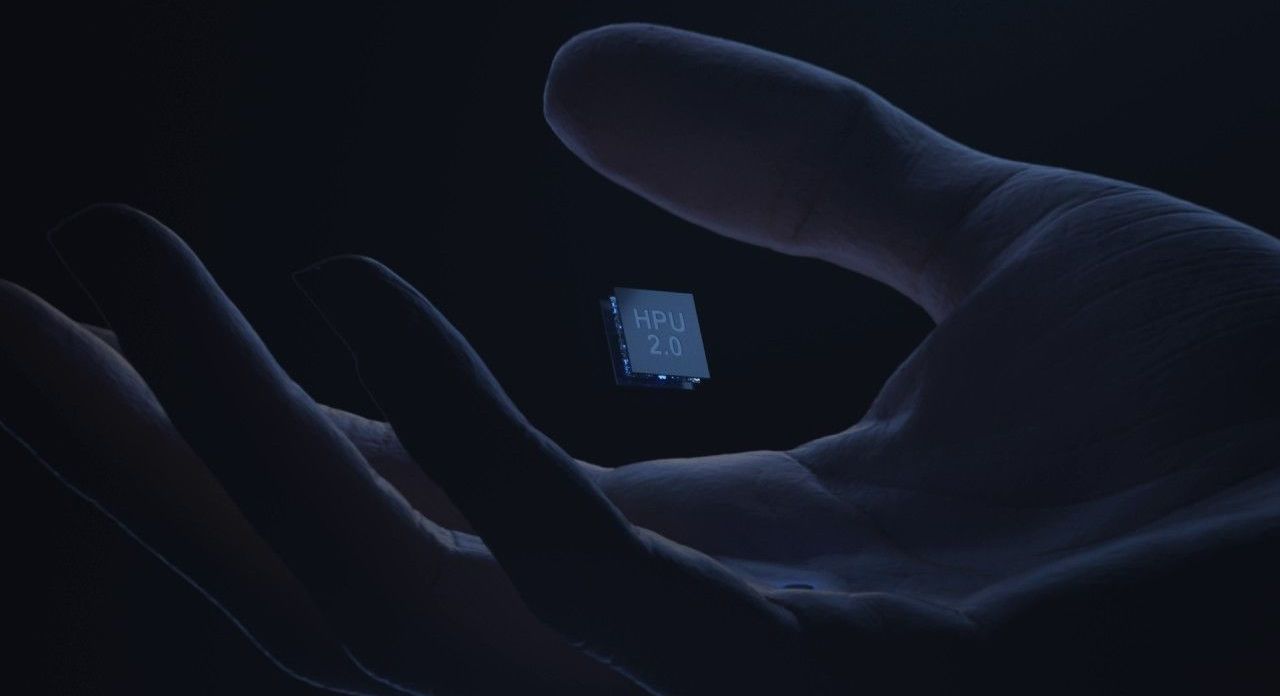
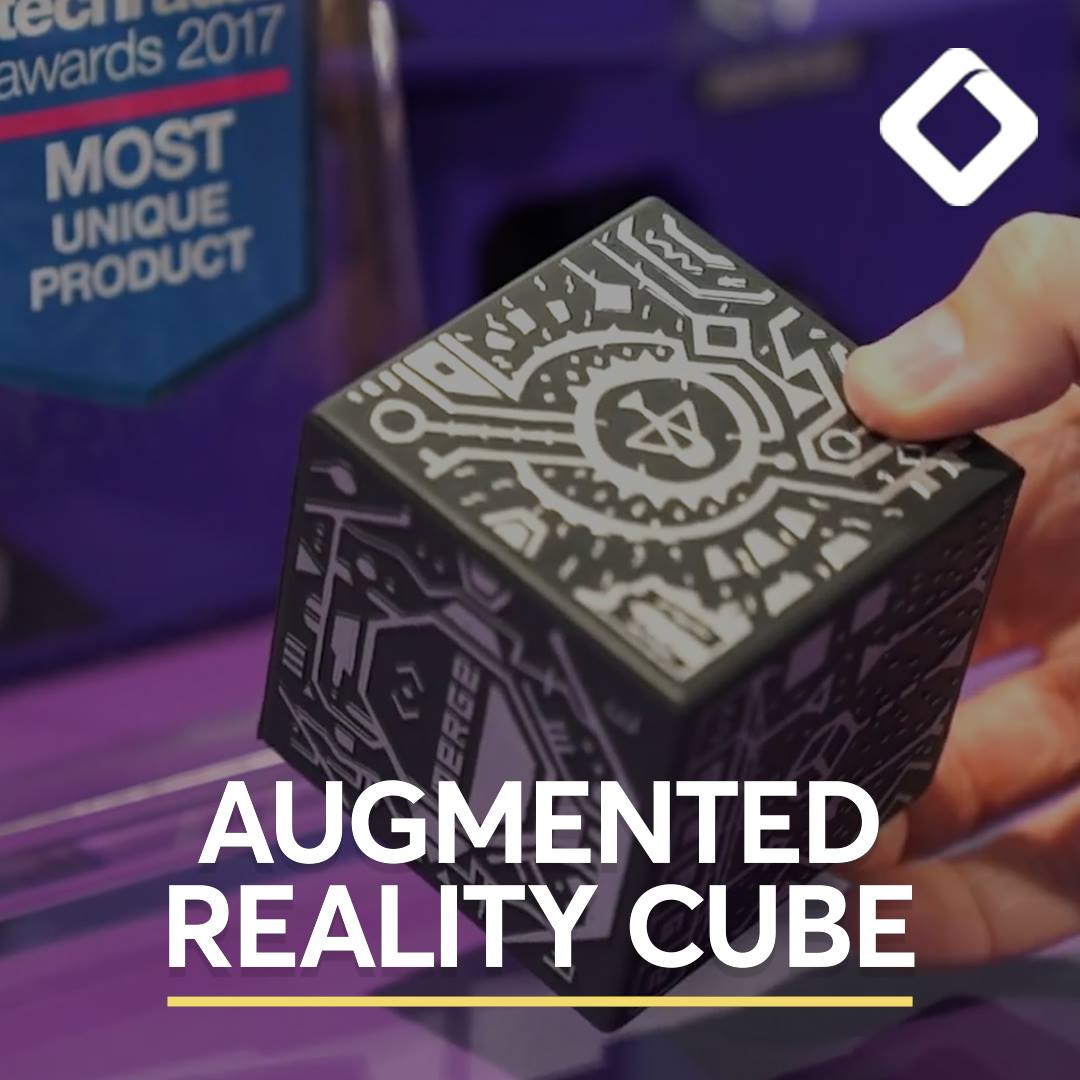
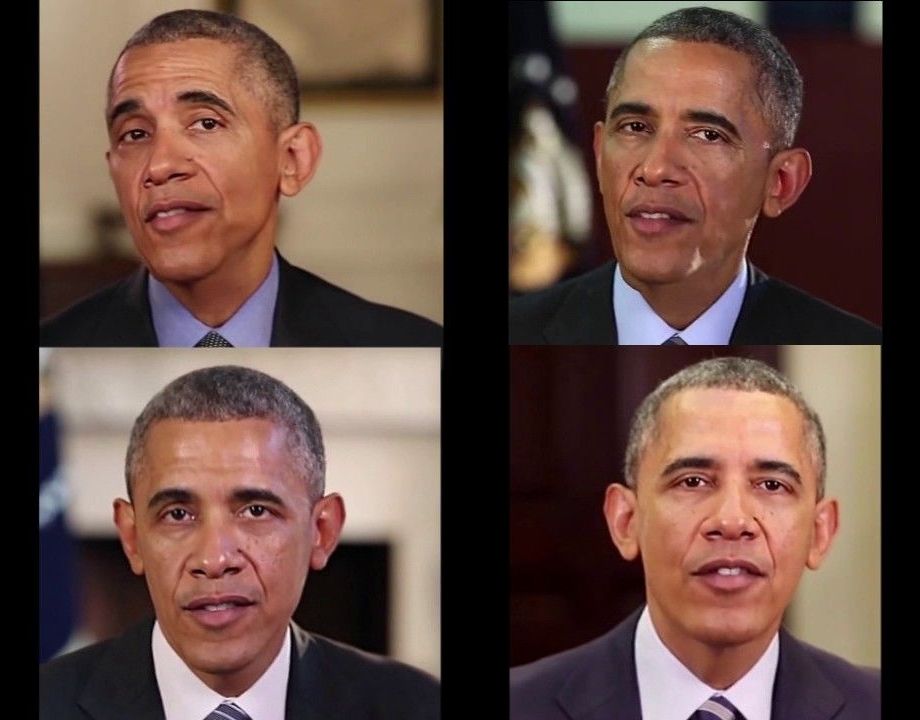

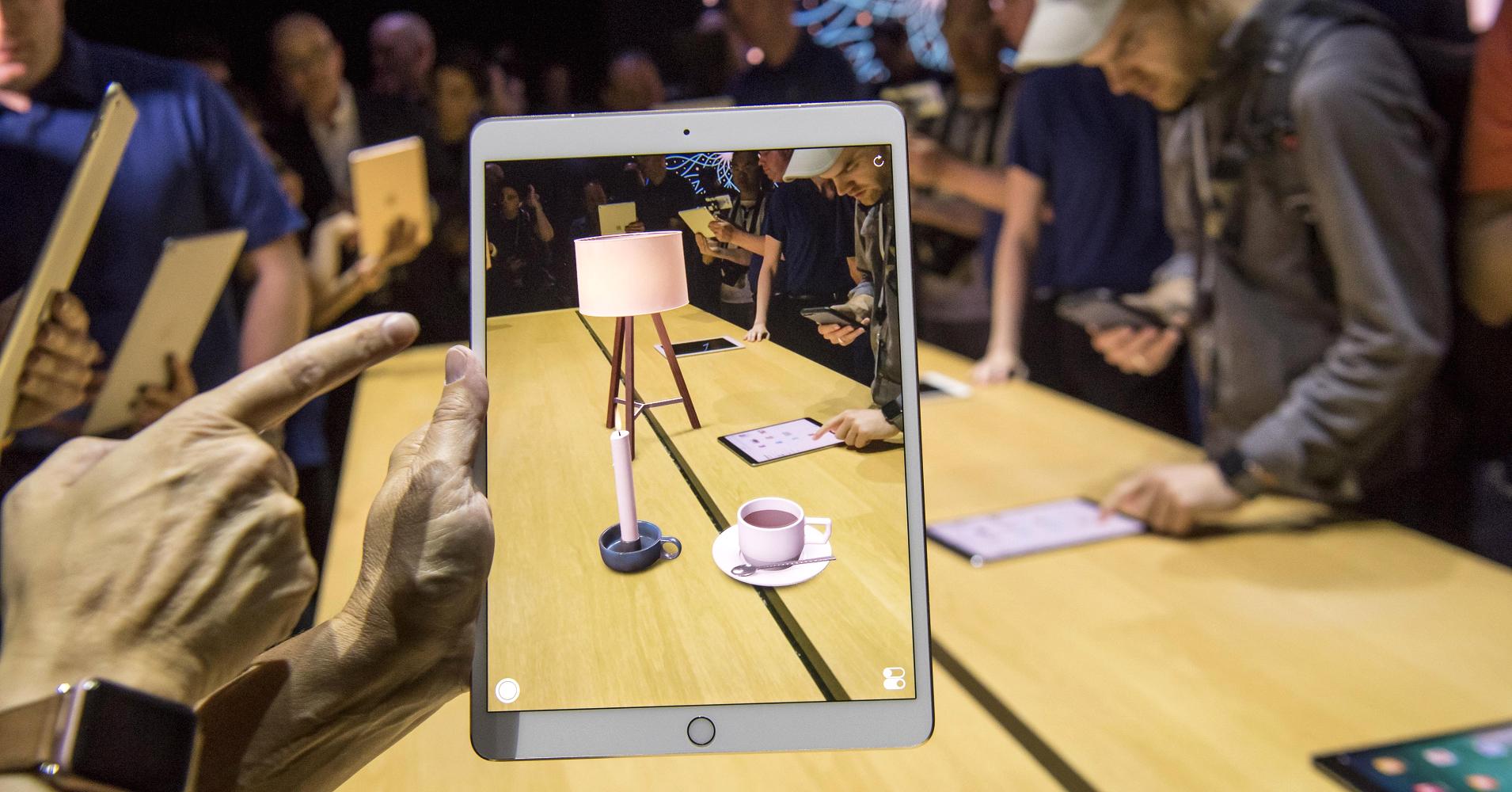

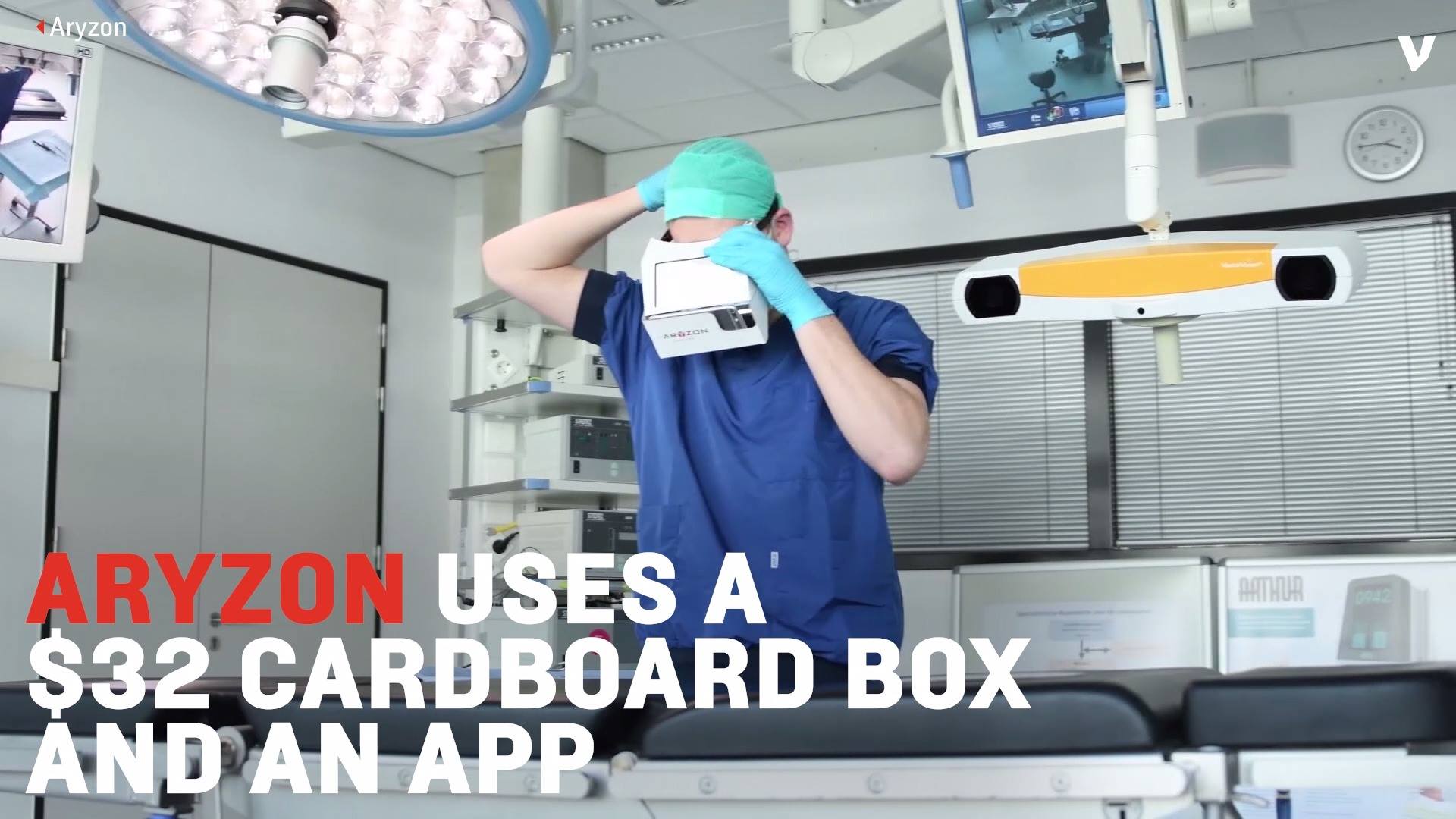
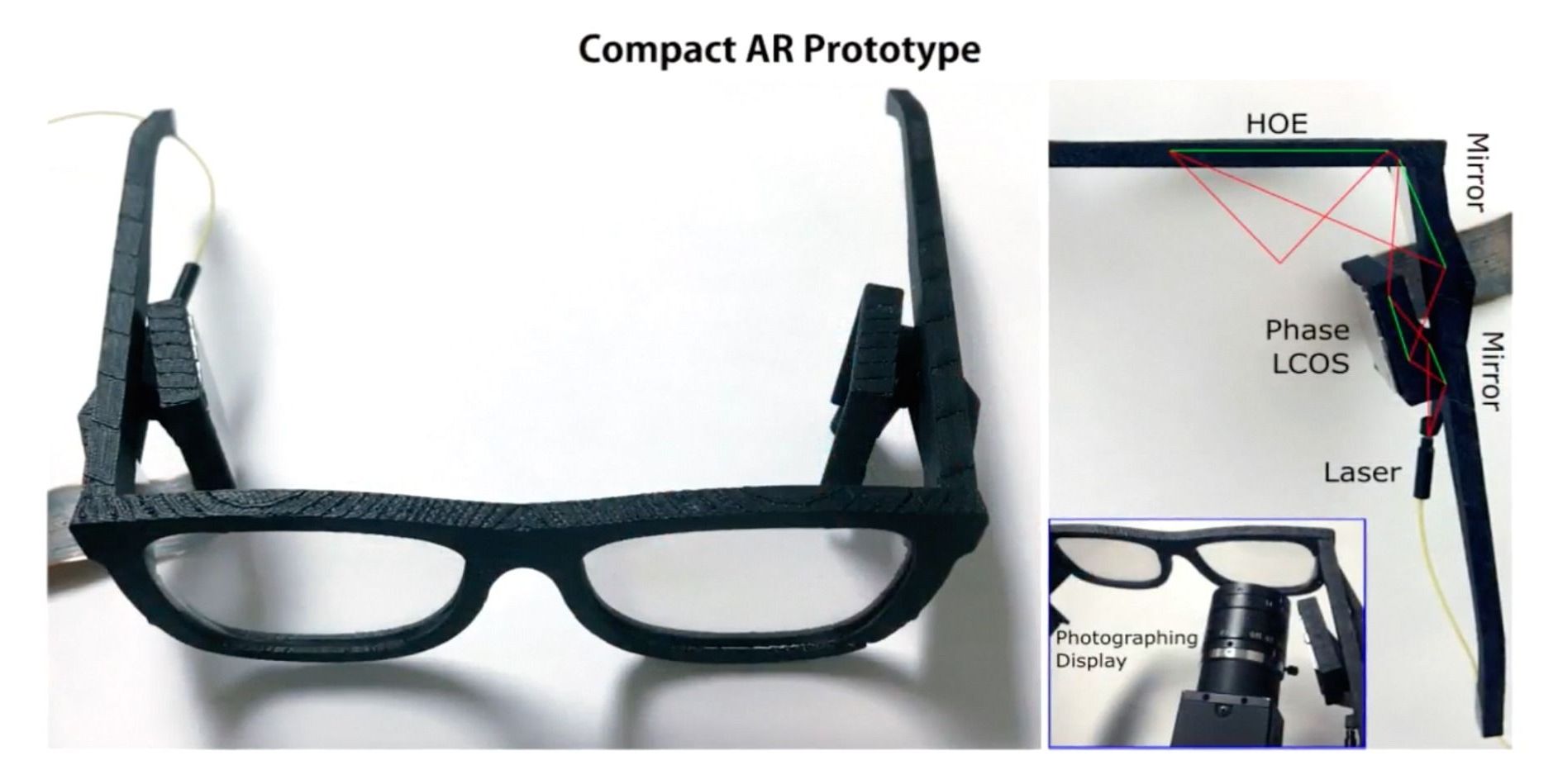
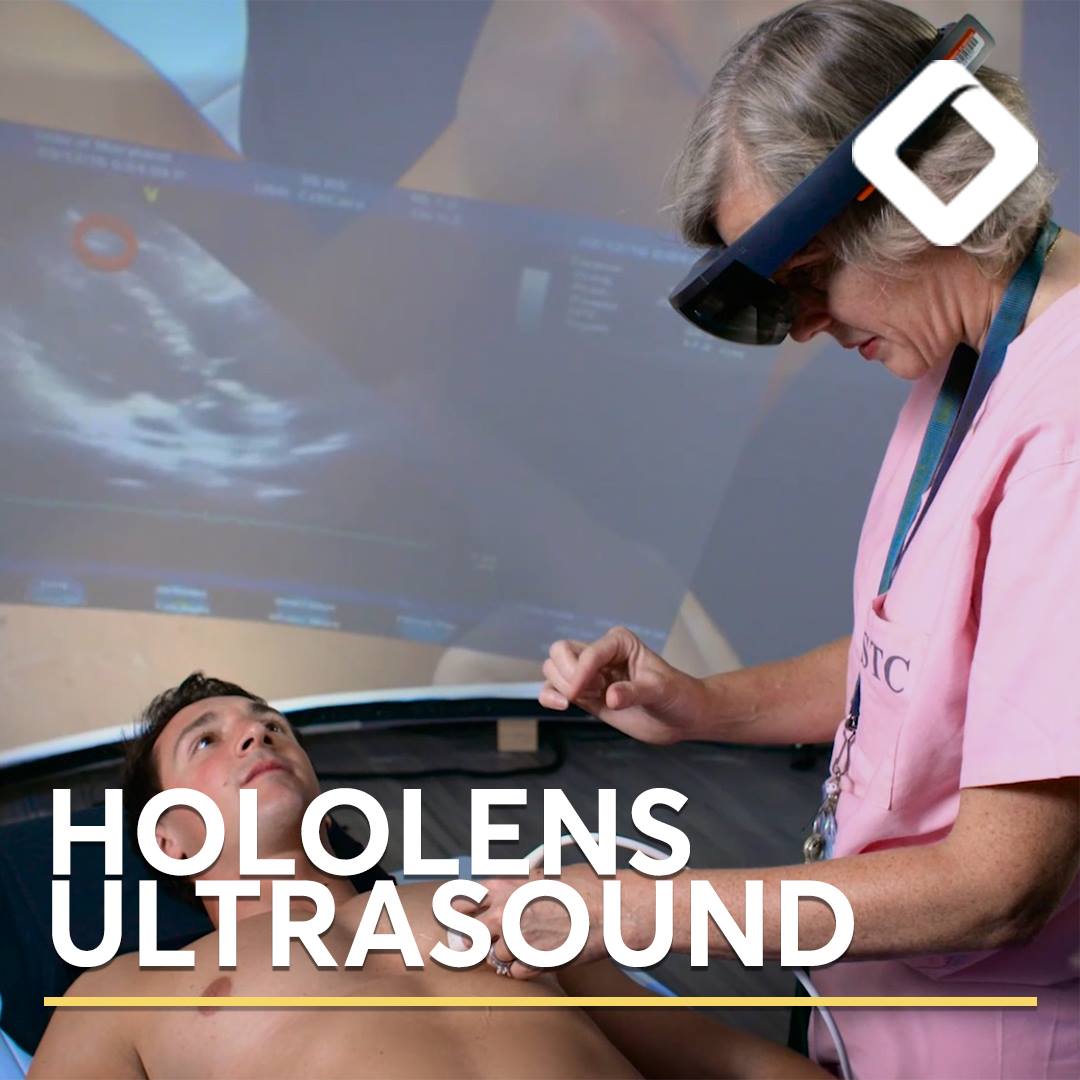
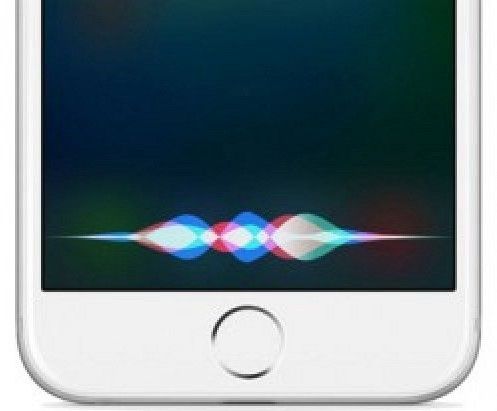
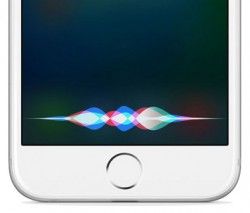 Apple is developing a dedicated processor that will be used to handle AI-related tasks like facial and speech recognition in its products, reports
Apple is developing a dedicated processor that will be used to handle AI-related tasks like facial and speech recognition in its products, reports